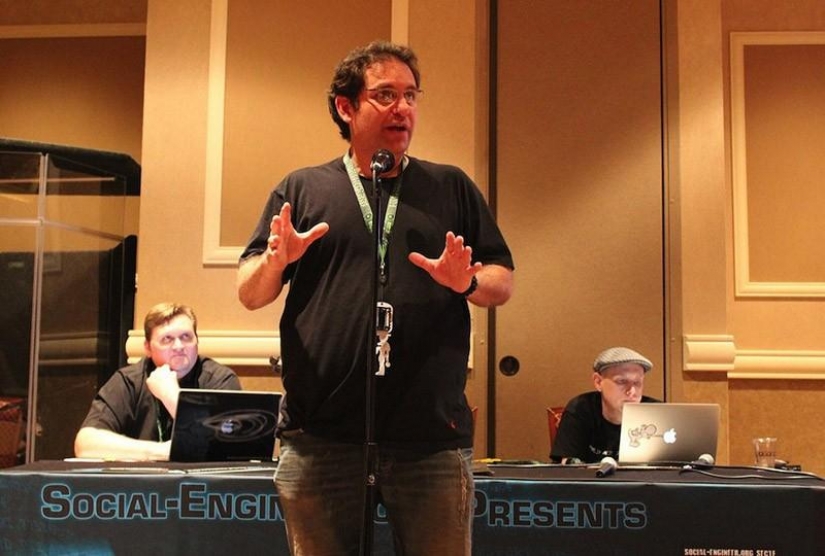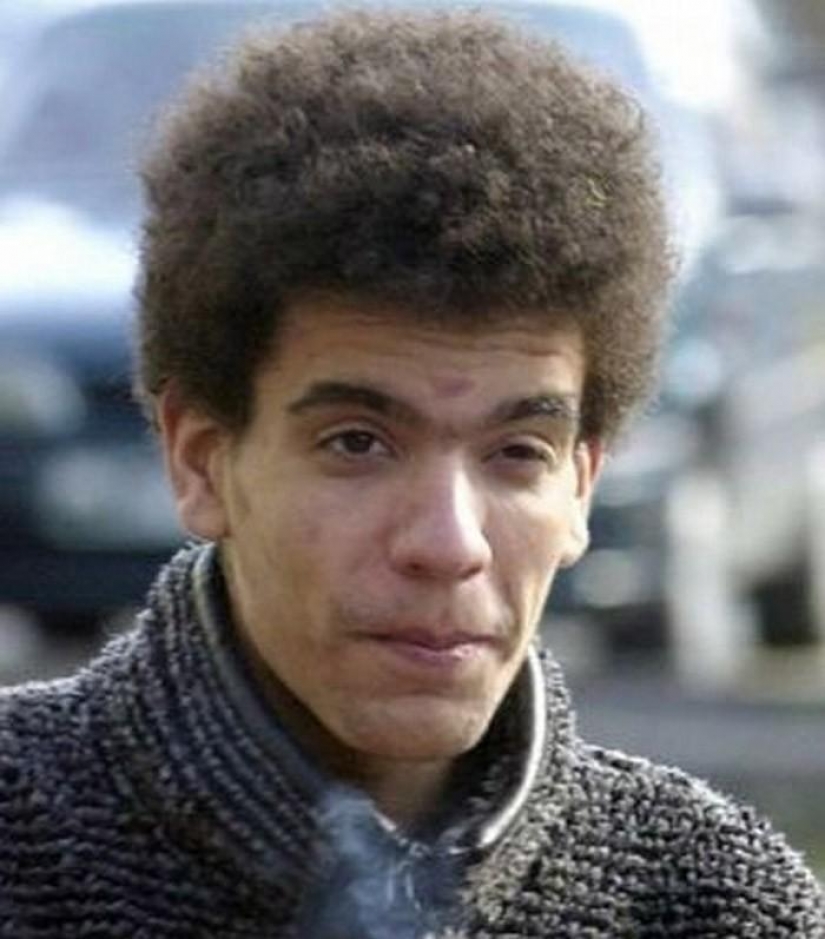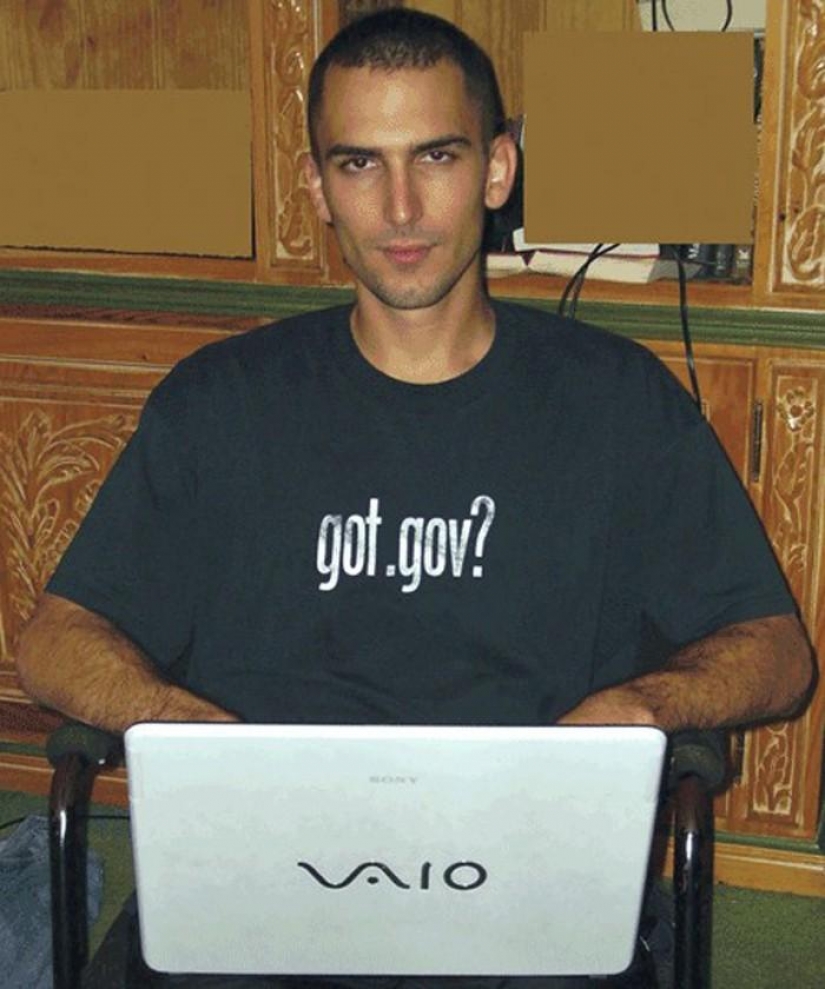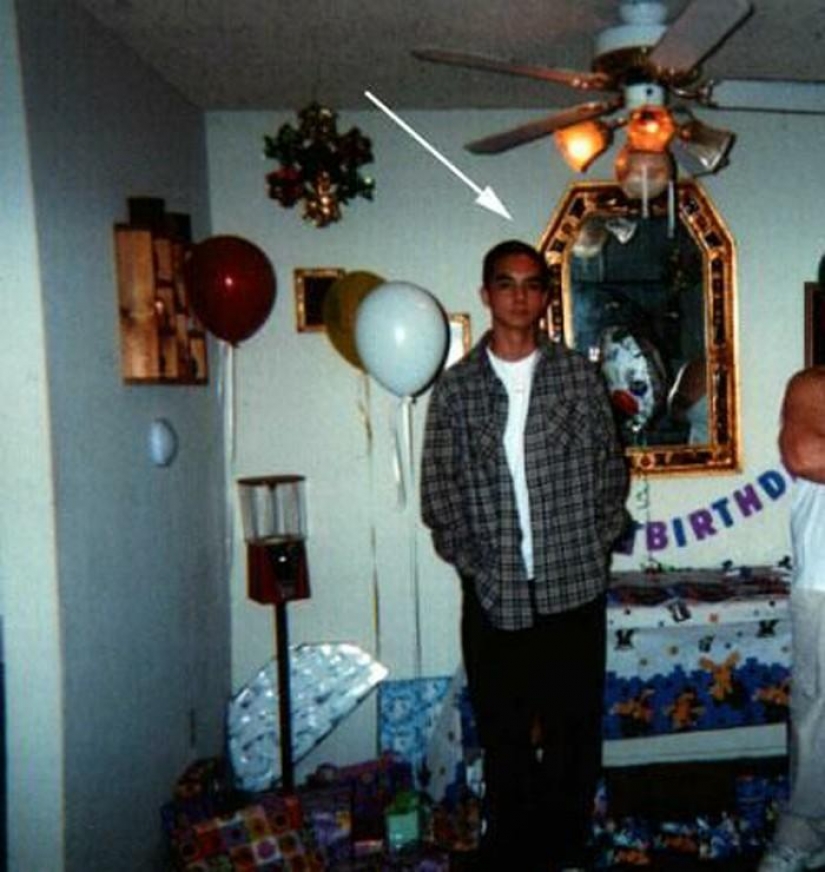10 most famous hackers in history
Categories: Society | Technology
By Pictolic https://pictolic.com/article/10-most-famous-hackers-in-history.htmlThe more we rely on technology, the more potential power hackers gain over us. No matter whether their purpose help or harm, these guys have the ability to change the world on your own. They may remain elusive and always be in the shade, and many hackers prefer such a life, but there are some really brilliant hackers, whose names are known to the public.


1. Robert Morris Tappan
Graduate student at Cornell University, Morris created his "worm" and 2 November 1988, released it in a network than the paralyzed six thousand computers in the United States. He later claimed that he just wanted to see how the Internet has grown, and what happened — the consequences of out of control experiment. However, the "worm" was something much more than just a test: he read the /etc/passwd, trying to find passwords to accounts. In the end, Morris was fined and sentenced to three years probation.
Morris later became a Professor at Harvard University and author of a huge number of developments in the field of software. Today he is a Professor of computer science at the Massachusetts Institute of technology. A good career for a hacker.

2. Kevin Mitnick
Mitnick hacked into the bus system of Los Angeles with help of a fake travel document. Later, at the age of 12, he was a phone fraud — at first amused, redirecting the signal to your home phone to a pay phone and listening to the owners home phone conversation before asking to lower ten cents. I would just call for free where she wanted. A few years later Mitnick already searched all over the country for hacking into Digital Equipment Corporation and stealing their programs. It may have been his first notable break-in, but later the guy got in and the network the phone giants Nokia and Motorola.

3. Adrian Lamo
In 2002 and 2003, Lamo hacked into the systems of several large companies just for fun, and then informed the company about the bugs in their security systems. Among the targets attacked by the hacker, were Microsoft, Yahoo and the New York Times, where he added his contact information to the database of experts.
Known as the "homeless hacker", Lamo often worked by connecting to a network in Internet cafes and public libraries. Many believe that they moved thirst for glory. The invasion of Lamo in the network of the NY Times in 2003 attracted the attention of opponents of cybercrime, he was caught and sentenced to six months house arrest and two years probation. Now Lamo is a well-known lecturer and journalist, an independent security consultant, but avoids any salaried office work.

4. Gary McKinnon (aka Solo)
In 2002, McKinnon got into the computers of U.S. Department of defense, army, Navy, air force, and NASA. Subsequently, he stated that he was looking for evidence of hiding information about UFOs, withholding information about alternative energy sources and other technologies potentially useful to society.
This is not a joke. McKinnon said that has reason to believe that the US government is hiding alien technology that could solve the global energy crisis. However, the hacker self-taught recognizes that could "accidentally" delete a whole bunch of other files and may damage some hard drives when they tried to cover their tracks. However, he still insists that nothing happened.
The US government, in turn, said that the attack McKinnon cost $ 800 000, and also casts doubt that a hacker was really looking for information about UFOs. British lawyers who have taken Gary under the protection, insist that their client, who suffers from Asperger's syndrome, deserves special treatment because of unstable mental health.

5. Raphael gray (aka Curador)
Then 18-year-old Welsh teenager said that was just trying to draw attention to vulnerabilities in security systems. However, it is not clear why he was in this case placed the stolen card numbers free on the Internet, but that is another question.
In 2001, gray was sentenced to three years of forced psychiatric treatment.

6. John Draper
Hacker found that a toy whistle from boxes of cap'n crunch makes a sound similar to an electric signal access to the telephone network, and came up with a way to make free calls: dialed international number and whistled in a whistle. Signal whistle coincided with the signal of the telephone network and the system reported that Draper put the phone down. Thus, the line was considered free, and all further actions of the caller was not recorded.
After several experiments, John together with his friends Steve Wozniak and Steve jobs (familiar names, isn't it?) created a device called a Blue Box that allows you to imitate the sounds of the telephone network and make free calls. Later Draper wrote the world's first text editor for IBM PC "easy writer". Currently, he heads his own company in computer security.

7. Kevin Poulsen (aka Dark Dante)
Later hacked into the FBI database and gained access to classified information relating to the wiretaps, then the FBI began a hunt for him. In the end, Poulsen was captured and sentenced to five years.
Now he is the chief editor of Wired News.

8. Dmitry Galushkevich
The hackers responsible for this cyberterror, gained access to all computers in the country and used them, overloading all the servers. The ATMs were not working, web page not opened, the state system had to be closed.Estonian officials took several weeks to find the perpetrators. It turned out that made a stir a certain Dmitry Galushkevich, 20-year-old ethnic Russian living in Estonia. Alone he made all the commotion or with a group of like-minded people, to find out and failed. He Galushkevich was fined 17 500 CZK (about 45 000).

9. Jonathan James (aka c0mrade)
29 th and 30 June 1999 James attacked NASA. He could easily climb throughout the network and steal several files, including source code for the international space station. Of course, NASA launched a massive operation to catch the hacker, and soon James was caught. NASA estimated the damage at $ 1.7 million.
Due to the fact that James was not of age, he was sentenced only to six months imprisonment, and was forced to commit itself to abandon the use of computers.
Unfortunately, James is no longer alive. He died may 18, 2008 under mysterious circumstances. The official cause of death was suicide, but rumor has it that the pig-headed hacker was "removed" state structures.

10. Deceptive Duo (photo of Robert little)
Like many other hackers, stark and little claimed that just wanted to point out vulnerabilities in security systems and thereby help their country. The two hackers left in these systems, messages and post on the known resources of e-mail addresses of officials and secret government websites in an attempt to draw the government's attention. And attracted.
In 2006, both men pleaded guilty. Stark received two years probation, little four-month suspended sentence with a probation period of three years, and both had to pay tens of thousands of dollars in compensation for damages.
Keywords: Internet | Crime | Hackers
Post News ArticleRecent articles

There are many places in the world where only the chosen ones can be. The cities of Mecca and Medina in Saudi Arabia are well known ...

This collection of photos will clearly please the little inner perfectionist who lives in each of us. It doesn't matter how much ...
Related articles

Many are tormented by the question — why do some grow long nails on his pinky. If you ask the owners of such "decorations", we ...

Since 1970‑ies in the neighboring cities of Rostov-on-don, Shakhty and Taganrog was sent to jail 37 serial killers, who killed ...

Many guests of the Island of Freedom, barely having time to set foot on Cuban soil, hear from the guides & # 8212; " Have time to ...

If you don't feel good about the donut you ate for lunch, relax - it can get worse ... At least you didn't eat the ...